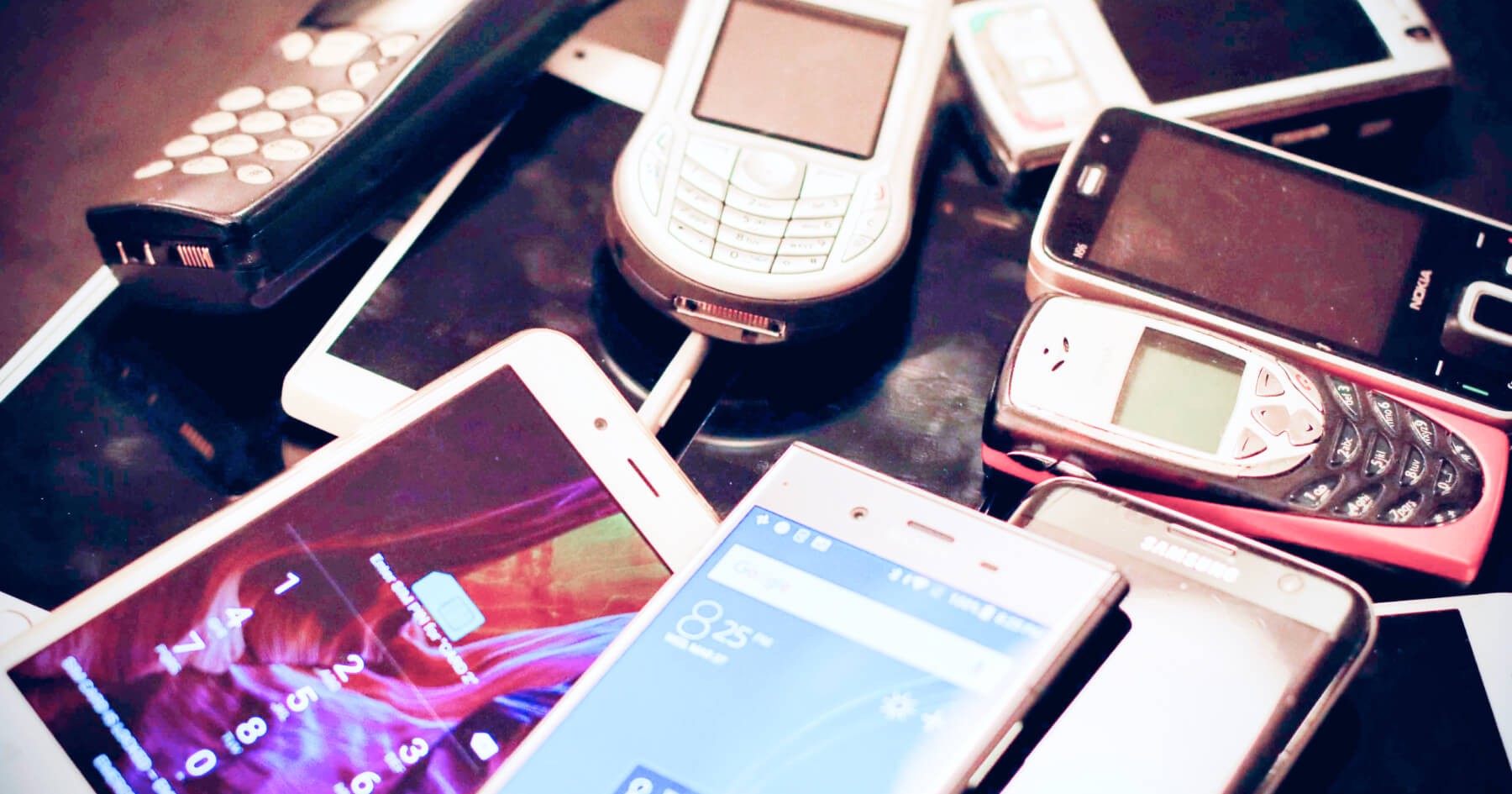The Dawn of the Digital Era and Changes in Human Connections: From Analog to Social Media

Connections Before the Rise of Social Media
Before social media, our communication was more “analog” and “direct.” Many of you may remember the following experiences:
-
Writing Letters
On New Year’s or other special occasions, I used to write letters to friends. The process of carefully selecting words and writing while thinking about the recipient felt like a unique and special experience. -
Using Public Phones or Landlines
Before mobile phones (or what we now call feature phones), public phones or landlines at friends’ homes or schools were the primary ways to communicate outside. -
Exchanging Emails
When mobile phones became common, I remember pleading with my parents to let me have one. Communication was primarily through emails or calls, and adding a “password lock” to emails was a quirky trend I still find nostalgic. -
Meeting in Person
To meet someone, you had to decide on a location and coordinate schedules. This entire process added depth to the relationships, creating more meaningful connections.
Personal Reflections
I vividly recall the days of using feature phones (or “flip phones”) when time spent with family and friends felt more “intentional.” Notifications were rare, and the constant stream of information that smartphones now provide simply didn’t exist. This made it easier to focus on what truly mattered to me at the time.
Family activities, too, felt more enjoyable and pure. No one was glued to their smartphones during meals, which naturally encouraged conversations. During family trips, we shared experiences without distractions, laughing and cherishing those moments together.
As for friends, our time together rarely relied on digital devices. We built secret hideouts, ran around in parks, or played video games—often gathering in one place to do so. Spending time in the same physical space, seeing each other’s reactions, and sharing the same atmosphere made those friendships closer and the memories more vivid.
What Social Media Brought Us
The rise of social media brought convenience and new forms of connection but also introduced its own set of challenges.
1. Efficient Communication
The advent of platforms like Facebook, Twitter, and Instagram allowed us to connect across distances and time zones. I still remember the excitement of reconnecting with friends who had moved away or staying in touch with acquaintances abroad.
2. Ease of Sharing Information
Sharing photos, videos, and updates became effortless, fostering closer ties with family and friends. Yet, this ease of sharing sometimes led to overexposure, stress, or feelings of inadequacy through comparisons.
The Impact of Social Media: Pros and Cons
Pros
- Expanded Connections
It became easier to find new friends who share similar hobbies and interests. - Emergency Communication
Social media proved invaluable during disasters, facilitating rapid information sharing.
Cons
- Increased Loneliness
Obsessing over “likes” and follower counts can detract from real-life relationships. - Reduced Focus
Constant notifications and distractions make it hard to concentrate on the present.
The Importance of Digital Detox
While leveraging the benefits of social media, minimizing its downsides requires embracing digital detox strategies.
Digital Detox Methods
- Turn Off Notifications
Reduce distractions by silencing unnecessary alerts, allowing you to check devices on your schedule. - Set Device-Free Days
Dedicate specific weekends or days to completely disconnect from devices. - Engage in Analog Activities
Spend time on activities like reading, sketching, or taking a walk—focusing on non-digital pursuits that refresh the mind and body.
Conclusion
The dawn of the digital age brought both opportunities and challenges. While we enjoy its conveniences, it’s equally important to remember the value of analog connections. By incorporating digital detox practices into our lives, we can focus less on devices and more on building meaningful, fulfilling relationships.

